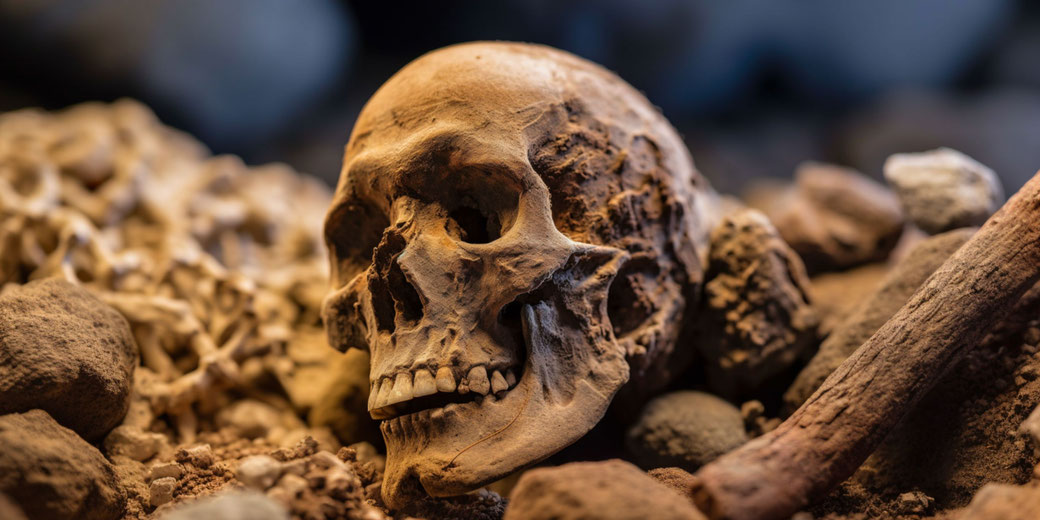Why are Mungo Man and Mungo Lady significant?

The First Nations people of Australia have lived on the continent for a very long time. However, despite a lot of archaeological evidence that showed they had lived there for thousands of years, it was not clear exactly how far back their settlement went.
Then, at a dry lake in New South Wales, Australia, archaeologists made an important discovery.
The lake that is known as Lake Mungo has been dry for over 14,000 years.
In 1968, geologist Jim Bowler uncovered the remains of a young woman. The woman was called ‘Mungo Lady’ and she had been buried in a very unusual way.
There was evidence that her body had been burned first before it was placed in the ground.
Then, in 1974, Bowler made a second important discovery: this time, he found the remains of a man.
While Bowler could tell that both Mungo Man and Mungo Lady were First Nations people, it was not clear when they had been buried next to the lake.
To find out how old these skeletons were, Carbon-14 tests were carried out, and it was found that they had died around 42,000 years ago.
These dating results meant that both the woman and man of Mungo Lake were the oldest human remains in Australia.
However, further archaeological work at the site found that Mungo Man and Mungo Lady were not the only people who had lived in the area all of those years ago.
Tens of thousands of years ago, when Lake Mungo still had water, the site was an important place for many early humans.

Evidence that humans regularly visited Mungo was found all around the former lake's edge.
In total, more than 130 ancient human remains from the region have been found, and they included shellfish remains, fossilised fish, and stone tools.
Some of these dated as far back as the last Ice Age.
In a similar way to the Mungo Lady, Mungo Man had been buried in an unusual way.
His arms were stretched out straight and were crossed over his body, and his body had been covered in red ochre powder before burial.
What is curious is that red ochre cannot be found anywhere near the site of Lake Mungo.
That meant that the people of Mungo Man’s community would have had to bring it from over 200 kilometres (124 miles) away.
Eventually, the remains of Mungo Man were moved to the Australian National University in Canberra to study him further.
After a series of examinations, it was found that he would have stood over 170 cm (5 ft 7 in) high and was probably around 50 years old when he died.
The discoveries of the Mungo Lady and Man have given archaeologists a chance to learn more about human migrations into Australia.
This is because evidence that people lived so long ago is very rare.
However, the current First Nations people were upset about having one of their ancestors taken away from their traditional land.
So, after four decades of campaigning, his remains were finally given back to the care of the Indigenous people in 2015.
What do you need help with?
Download ready-to-use digital learning resources
Copyright © History Skills 2014-2025.
Contact via email
With the exception of links to external sites, some historical sources and extracts from specific publications, all content on this website is copyrighted by History Skills. This content may not be copied, republished or redistributed without written permission from the website creator. Please use the Contact page to obtain relevant permission.





